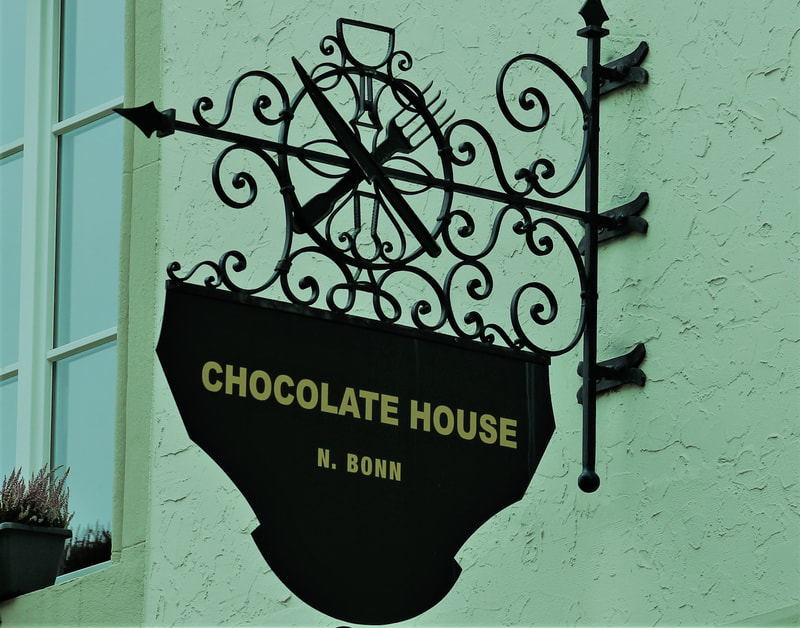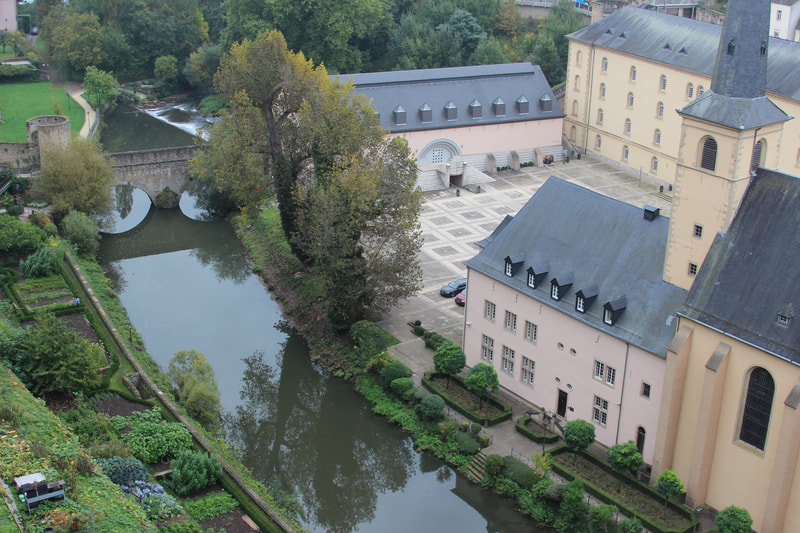 The tiny Grand Duchy of Luxembourg is landlocked by Belgium, France and Germany. This constitutional monarchy with Grand-Duc Henri at the helm, has as its capital Luxembourg City. Built on a plateau dotted with ravines at the confluence of two rivers, this banking centre is one of Europe's most prosperous. Generations of listeners may also remember it as the home of Radio Luxembourg which broadcast around Europe for 59 years until 1992. The city is an eclectic blend of old and new where history and high fashion rub shoulders with chic restaurants, culture and – it has to be said - a somewhat slow-paced nightlife. If you’re in town on a Wednesday or Saturday visit the market in Place Guillaume for a dose of local colour. Stalls are piled high with rich textured local wines, stacks of hearty cheeses, homemade preserves and fresh flowers. photos (c) Mike & Gilly Pickup Click on any image to enlarge Picturesque landscapes greet you wherever you go in this land of meandering rivers, dense forests, green valleys and steep ridges, more often than not topped by a ruined castle. The toy sized village of Vianden, a stone’s throw from the German border, has one such theatrically dramatic medieval castle, particularly beautiful when floodlit at night. It's a calf-wrenching climb to reach it, up a steeply pitched, cobblestoned road, but it's worth it for the king-of-the-world views that await you. From Vianden, take an afternoon’s gentle sightseeing cruise on the Moselle river to Trier and enjoy Kaffee und Kuchen (coffee and cakes) en route. Trier, said to be Germany’s oldest city, is famed for its Roman ruins and bustling market. The Moselle flows through Luxembourg's main wine-producing region and many larger wineries including Domaines Vinsmoselle, offer tours of their cellars with tastings of white and sparkling wines. Nowhere is far from anywhere here. Müllerthal, ‘valley of millers’, so-called because of its abundance of watermills, is known as 'Little Switzerland'. Imposing rock formations date from the ice age, clear silver streams rumble and cascade between boulders while pine, birches and hornbeams reach up towards the skies. The road is lined with bizarrely shaped rocks with strange sounding names like Hölle (Hell) and l'Ile du diable (Devil's Island). Little Switzerland is also popular with hikers and cyclists. Tips for Travellers
Comments are closed.
|
AuthorI'm Gilly, award winning journalist, travel/ cruise writer & author of 13 books. Credits incl: Daily Telegraph, CNN, Daily Mail, BBC magazines, Country & Town House, The Scotsman, Scots Magazine, Love Exploring, Sunday Mirror, The Sun, Cruise Trade News and many more ..... Categories
All
|



